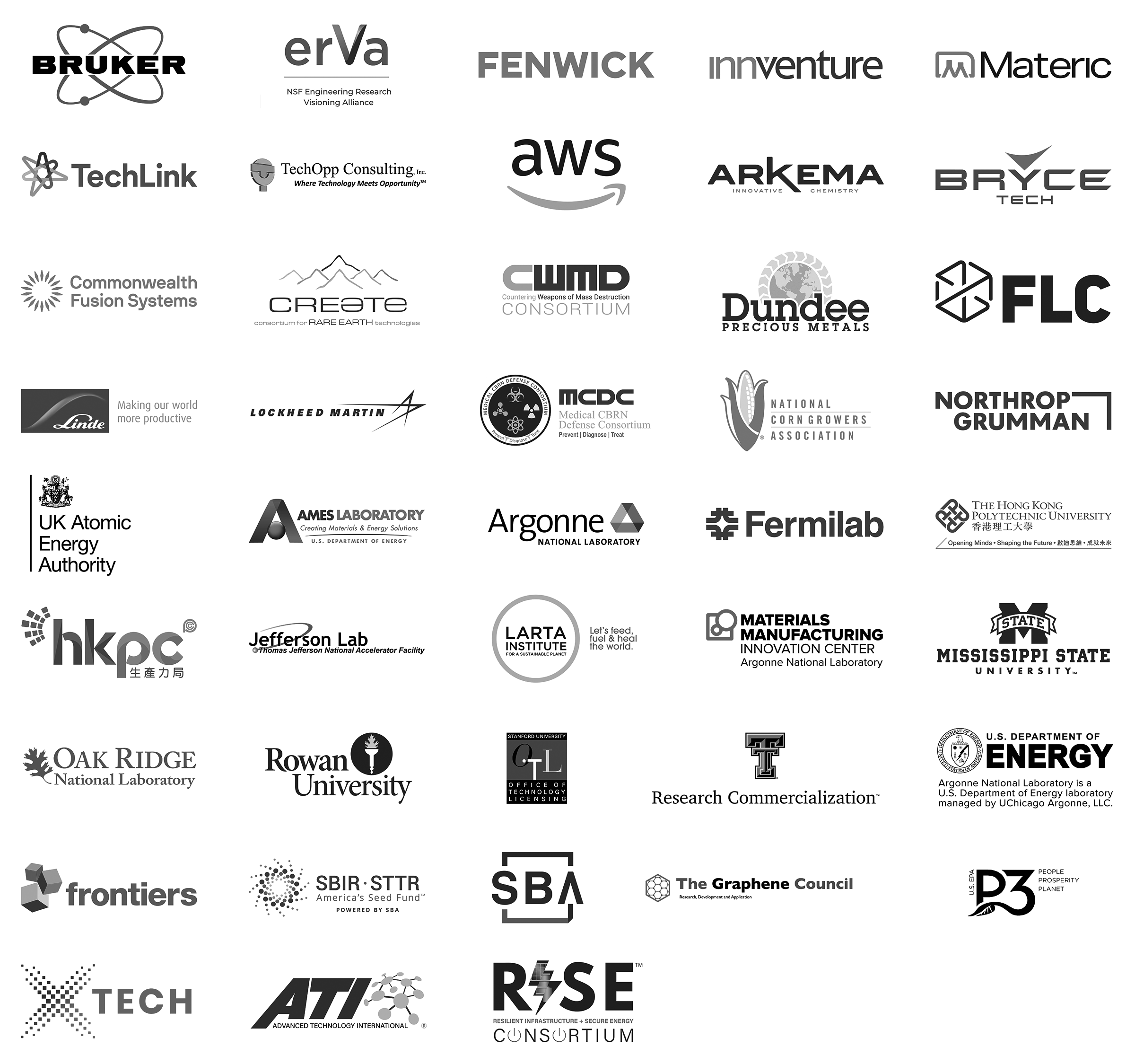Artificial intelligence and machine learning are already making an impact in the manufacturing sector. With AI products can be better designed, and designed to be more effectively manufactured. Processes can be continually monitored and optimized to cut down unplanned downtime. Enhanced data collection and AI-powered analytics can significantly increase efficiency, product quality and the employee safety.
Join us for this exciting symposium featuring the latest innovations and future directions for AI in advanced manufacturing.
Back to Top ↑2023 Symposium Sessions |
| 9:00 | AI Innovations I |
| 1:30 | AI Innovations II |
|
2023 Symposium Program |
| Monday June 19 |
|
| 9:00 | AI Innovations I | Chesapeake A |
| Session chair: Amarda Shehu, George Mason University, US |
| 9:00 | Detection of Organic Cofactors Binding Sites via Deep Learning
B. Jacobson, University of New Mexico, US |
| 9:25 | Predicting Antimalarial Activity of Compounds using SMILES strings and Machine Learning: A Study on the Relationship between Chemical Structure and Molecular Properties in the fight against Malaria
C. Ekenna, University at Albany, US |
| 9:50 | Generative design for small molecule drugs
A. Roy, Norachem, US |
| 10:10 | Break
|
| 10:20 | Creating the Extended Reality of the Future with Artificial Intelligence and Computational Design
L-F. Yu, George Mason University, US |
| 10:45 | Industrial Internet of Things (IIOT) Physics-Based Dimensionality Reduction
N. Loychik, Los Alamos National Laboratory, US |
| 11:05 | Why You Need to Start Preparing for the American Data Privacy and Protection Act (ADPPA): Understanding its Impact on Enterprises
M. O'Malley, SenecaGlobal, US |
| 11:25 | Automated Detection and Classification of Vehicle Dashboard Warning Lights for Improved Understanding of Vehicle Condition
W. Giegerich, T.S. Porter, K. Shuttleworth, L. Forte III, Ph.J. Schneider, K.W. Oh, University at Buffalo, US |
|
| 1:30 | AI Innovations II | Chesapeake A |
| Session chair: Craig Yu, George Mason University, US |
| 1:30 | Automated Classification of Electric Vehicle Models and Drivetrains by Means of Magnetic Field Characterization via Machine Learning
W. Giegerich, Dennis Federoshin, Philip Gentz, Livio Forte III, Ph.J. Schneider, K.W. Oh, University at Buffalo, US |
| 1:50 | Neural Networks and the Problem of Style in Art Attribution
V. Sundaram, A. Coyle, Southern Methodist University, US |
| 2:10 | Utilizing AI & Wearable Technology to Optimize Physical Performance in Military Personnel
H. Bundele, ibLaunch Company, US |
| 2:30 | Break
|
| 2:40 | Artificial Intelligence for Visual Battlefield Awareness
M. Karnes, Ubihere, US |
| 3:00 | Investigating Intersection Safety with 3D Object Detection and Digital Twin Technology from Video Data
D. Patel, A. Nayeem, R. Alfaris, M. Jalayer, Rowan University, US |
| 3:20 | Predictive Human Motion Using Physics-Based Avatars for Unreal Engine 4
T. Klopfenstein, R. Bhatt, K. Malek, University of Iowa Technology Institute, US |
| 3:40 | Graph Anomaly Dection
R. Karn, V. Sundaram, SMU Dallas, US |
|

 Efficient Navigation of Additive Manufacturing Process Space via Data-Driven and Bayesian Inference Methods
Efficient Navigation of Additive Manufacturing Process Space via Data-Driven and Bayesian Inference Methods Machine learning driven materials discovery, manufacturing process optimization, and intelligent applications
Machine learning driven materials discovery, manufacturing process optimization, and intelligent applications












